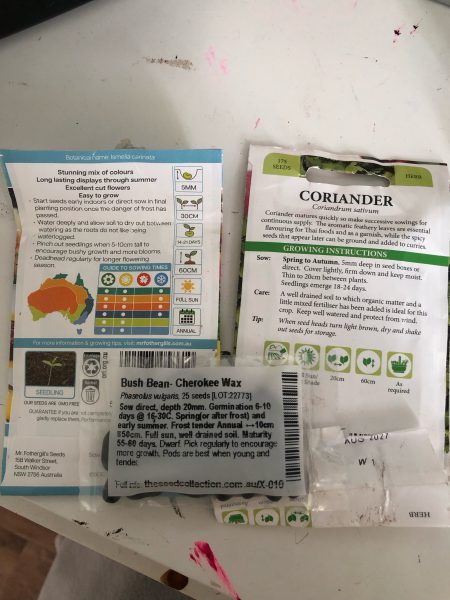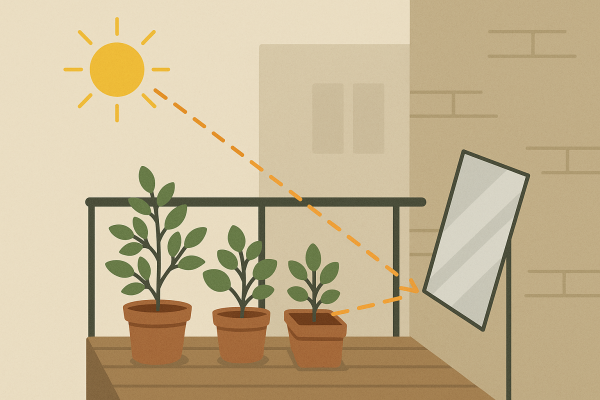The most notorious problem balcony gardeners face is pest control. Particularly, organic pest control. Typically, when someone grows their own food, they want it to be organic. This means that combating pests needs to exclude pesticides, which happens to be extremely effective due to the harsh chemicals inside them. Moving away from that introduces us to getting creative about the way we naturally deter pests.
The common pests to be mindful of include caterpillars, aphids, white flies, thrips, snails and slugs, mealybugs, scale insects, and fungus gnats. The following methods are not exclusive to any type of critter.
1. planting Marigolds: organic pest control
Consider companion planting Marigolds. Marigolds are a fantastic organic pest control method as they’re known to have a potent scent that can confuse and deter pests, specifically aphids, white flies, and mosquitoes. Similarly, they excrete a toxic allelopathic chemical from their roots, which is a survival mechanism of theirs. This chemical affects the growth, survival or behaviour of plants and pests close by. This mechanism is also in sunflowers, garlic and onions. Additionally, marigolds attract bugs that are beneficial to your garden, such as ladybugs. Ladybugs are fantastic for preying on pests, including caterpillars, aphids, and white flies.
2. pest control method: paintbrush
With a small paintbrush, inspect your plants every second day and physically brush any small pests and/or eggs from the leaves of your plants, usually on the underside of the leaf. They will also be found nestled in any closed flowers. Although this organic pest control method is a little more pedantic and time consuming, it has been a very effective method for me and has helped keep the aphids from destroying my plants’ leaves.
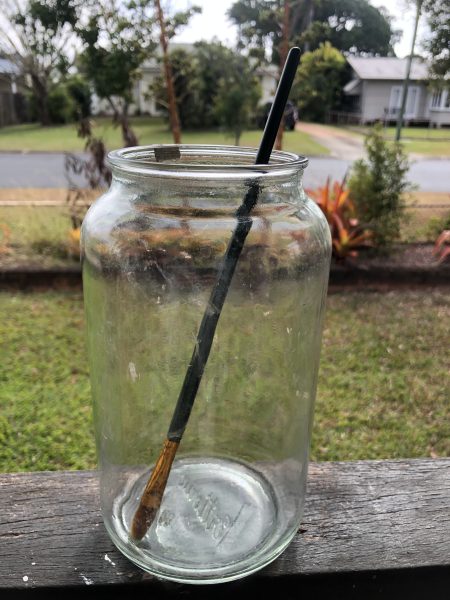
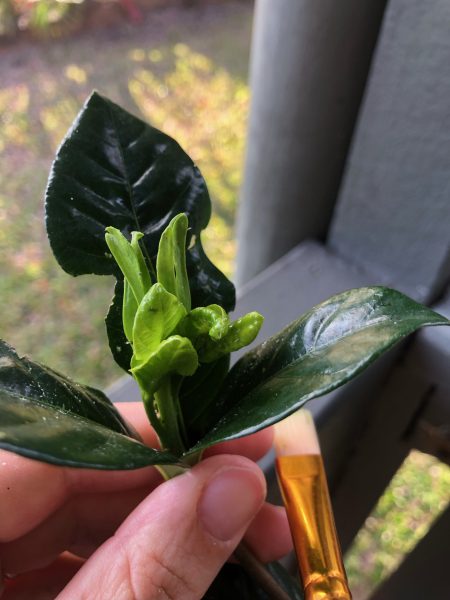
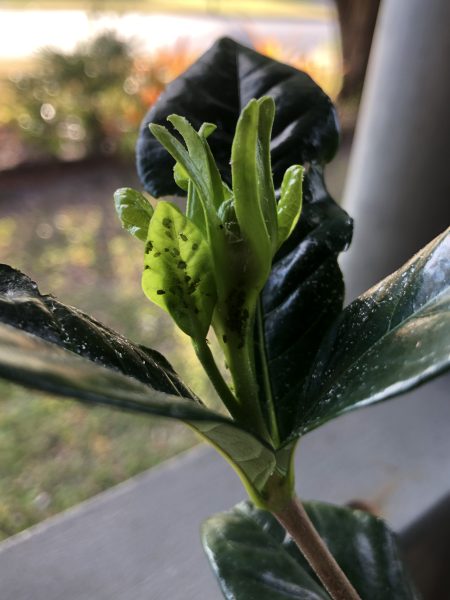
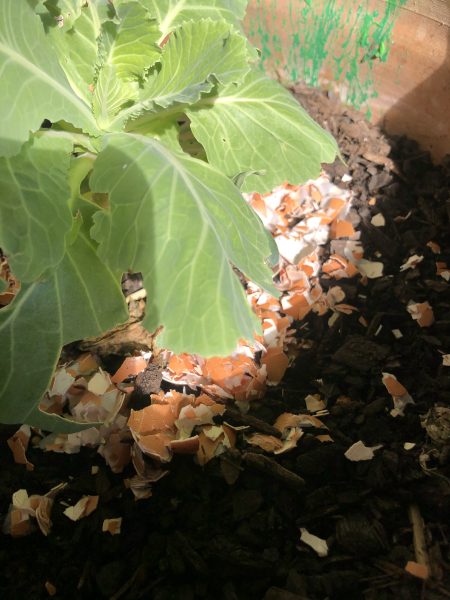
3. Mulch
Laying a layer of mulch around your plants, or crushed up eggshells, also acts as a barrier for critters like caterpillars, snail and slugs preventing them from reaching your plants and devouring their leaves overnight. Spreading mulch will also make it harder for leaf litter and soil pests from emerging and reaching your plants above soil surface. A final benefit to adding a layer of mulch or eggshells is that they will provide nutrients to your soil.
4. Companion plants
Planting flowers will not only make your balcony garden beautiful, but they will also attract pollinators and other insects that are predators to pests. If mealybugs are a common issue, consider planting marigolds, alyssum and basil flowers as they attract predatory bugs like ladybugs, lacewings and hoverflies.
5. Netting
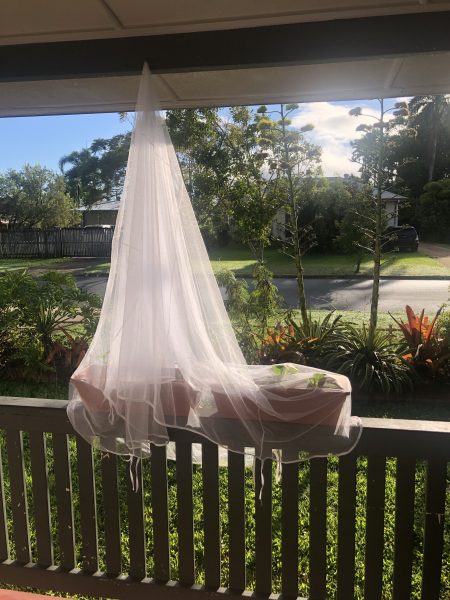
Ideally, once you have planted your crops, shrubs or flowers, covering the pot or container you have your plants in with fine netting immediately will maximise the chances of keeping out larger pests such as caterpillars, snails and slugs. To create this habit and get used to keeping a fine net over your plants will also reduce the possibility of the critters getting in. Caterpillars have been a huge issue for me personally, as I have conceded my cauliflower. I did implement the netting strategy on other plants that I was growing, and they did very well. If I were to attempt cauliflower or other similar crops in my balcony garden again, I would definitely keep them covered with my netting.
6. organic Honey
A method I use myself is placing a shallow lid with a tiny bit of honey inside the pot that is holding my balcony plants. Much like the sweet nectar of flowers, the sweetness of the honey attracts pests, and they get stuck in the honey. Although effective, it is recommended as a short-term method so that it doesn’t end up attracting more pests. I have found that it was successful with white flies.
7. pest control: Sticky colors
Insects are visual creatures and are attracted to bright colours (yellow and blue to be precise), hence why flowers are so vibrant and colourful. Using a brightly coloured object and covering it in adhesive, such as clear adhesive tape or craft glue, is an effective organic method to control pests as they stick to the object once attracted.

